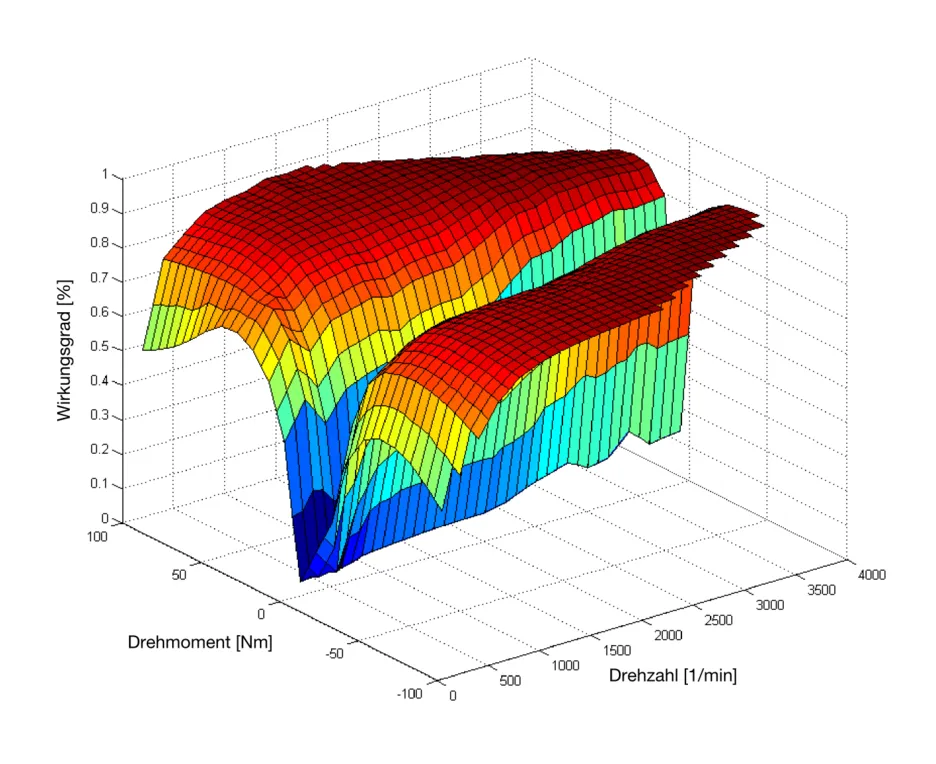Scalable complete vehicle simulation
Challenges
Total vehicle simulation an efficient means of saving costs in the development of vehicles. It is becoming more and more important due to the increasingly advanced development of hybrid and electric vehicles. Since the new drive concepts result in a variety of new powertrain topologies (e.g. parallel hybrid, serial hybrid or multi-machine drives), it is necessary to have flexible and, above all, scalable models for a comprehensive evaluation and optimization of the different concepts.
Goals
We develop scalable models whose flexibility and interface definition allow us to emulate and evaluate any conceivable powertrain topology. In particular, the optimal powertrain configuration for a given vehicle is to be found by combining scalability of the models and optimization.
Steps
Scalable models
Object-oriented modeling allows us to design the complete vehicle model as flexibly as possible and to build it up in a modular fashion. Together with our cooperation partners, we have created a comprehensive library of component models to reproduce complete vehicles in the simulation. Among other things, this includes
- Asynchronous machine (axial and radial scalable)
- Synchronous machine (axial and radial scalable)
- Electrical energy storage
- Fuel cell
- Power electronics
- Internal combustion engines
- Gearbox
- Auxiliary units
For verification and parameterization of the created models we operate several test benches (link), which ensure a high model quality. We continuously develop the scalable models and extend the limits of scalability.
Development of modular, object-oriented models
We develop models that can be positioned "freely" in the powertrain thanks to their clearly defined and coordinated interfaces. For example, the transmission can be placed not only after the electric machine but also between the combustion engine and the electric machine. This flexibility allows a variety of investigations and comparisons of the different topologies.
Forward and reverse simulation
Both forward simulation (emulating a real driver in the model and calculating from the driving components to the wheel) and backward simulation (calculating from the wheel to the driving components) have advantages and disadvantages. For example, the faster backward simulation is more suitable for powertrain optimization, whereas the forward simulation facilitates the verification of submodels. Therefore, we use a forward simulation to develop submodels that provide a precise knowledge of the physical processes and transfer these and necessary control mechanisms to a backward simulation that enables optimization.
Optimization
We are developing a methodology by which the influence of the individual components and their size can be seen in the multicriteria optimization of the powertrain. In addition, this method should enable the analysis of the dependencies between the different components. For example, in parallel hybrid vehicles, it is very crucial how large the electrical energy storage system is selected. If it is too small, the possibility of electric driving cannot be adequately exploited. If it is too large, it only causes unnecessary weight. This "too big" and "too small" depends very much on the dimensions of the electric machine, the combustion engine and, not least, the vehicle.
